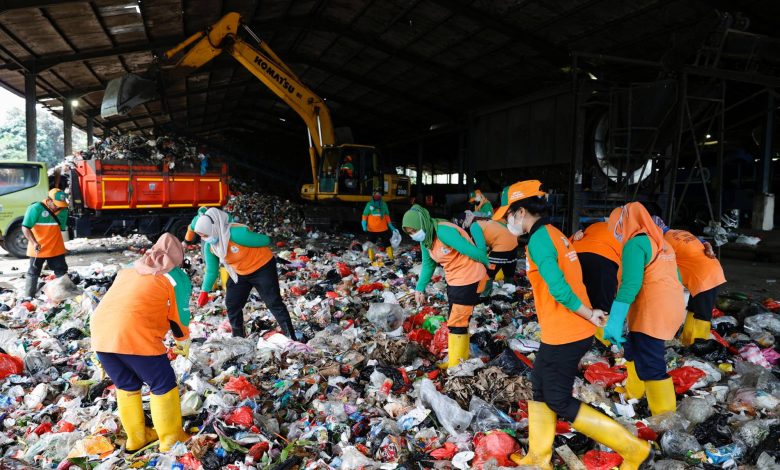NGO alliance calls waste-to-energy systems ‘incinerators in disguise’

THE Global Alliance for Incinerator Alternatives (GAIA) Asia Pacific said waste-to-energy (WTE) facilities proposed for the Philippines are effectively incinerators, fueled by municipal waste, that release toxic chemicals into their immediate surroundings.
“WTE is simply waste incineration in disguise. It burns tons of municipal wastes to generate a small amount of net energy while emitting massive amounts of toxic pollutants and greenhouse gases,” Jorge Agustin O. Emmanuel, a Silliman University expert on managing waste, said at a GAIA briefing.
GAIA is a network of over 800 environment groups in over 90 countries.
“Continuous monitoring of the state-of-the-art waste-to-energy plant in Harlingen, Netherlands revealed dioxin levels exceeding legal limits so much so that grass and eggs in farms up to 10 km away had high amounts of dioxins,” Mr. Emmanuel said.
He added that although governments have adopted international emissions standards, these are no guarantees against the release of dangerous emissions.
The Philippines is the first and only country so far to ban incineration under Republic Act No. 8749, or the Philippine Clean Air Act.
In September 2020, Senator Sherwin T. Gatchalian backed (Senate Bill No. 1789 or the proposed Waste-to-Energy Act that allows the use of waste-to-energy facilities for the management and disposal of household waste.
Mr. Gatchalian has said that “contrary to arguments that the operation of a WTE plant poses a threat to public health and the environment, such facilities will require air pollution control systems to ensure emissions are within the standards of the Philippine Clean Air Act.”
In January, Speaker Lord Allan Jay Q. Velasco passed a version of the bill in the House as a proposed amendment to Republic Act 8749 or the Clean Air Act of 1999.
If enacted, the bill would allow the use of any WTE technology, including incineration, that does not produce poisonous or toxic fumes.
“There are several waste incinerator proposals in the Philippines and all proposals claim that incinerators are clean and safe. What they don’t tell is that even in Europe, where standards are high, waste incinerators have been recorded to emit highly toxic pollutants… and release immense amounts of carbon dioxide,” GAIA Asia Pacific Climate and Clean Energy Campaign Associate Yobel Novian Putra said in a statement.
Emissions such as dioxins, the World Health organization has found, can cause reproductive and developmental problems, damage the immune system, interfere with hormones and cause cancer.
“In truth, waste incinerators would add fuel to (the problem of) toxic waste, air pollution, and climate change,” Mr. Putra said, adding that Zero Waste is still the preferred option. — Marielle C. Lucenio




